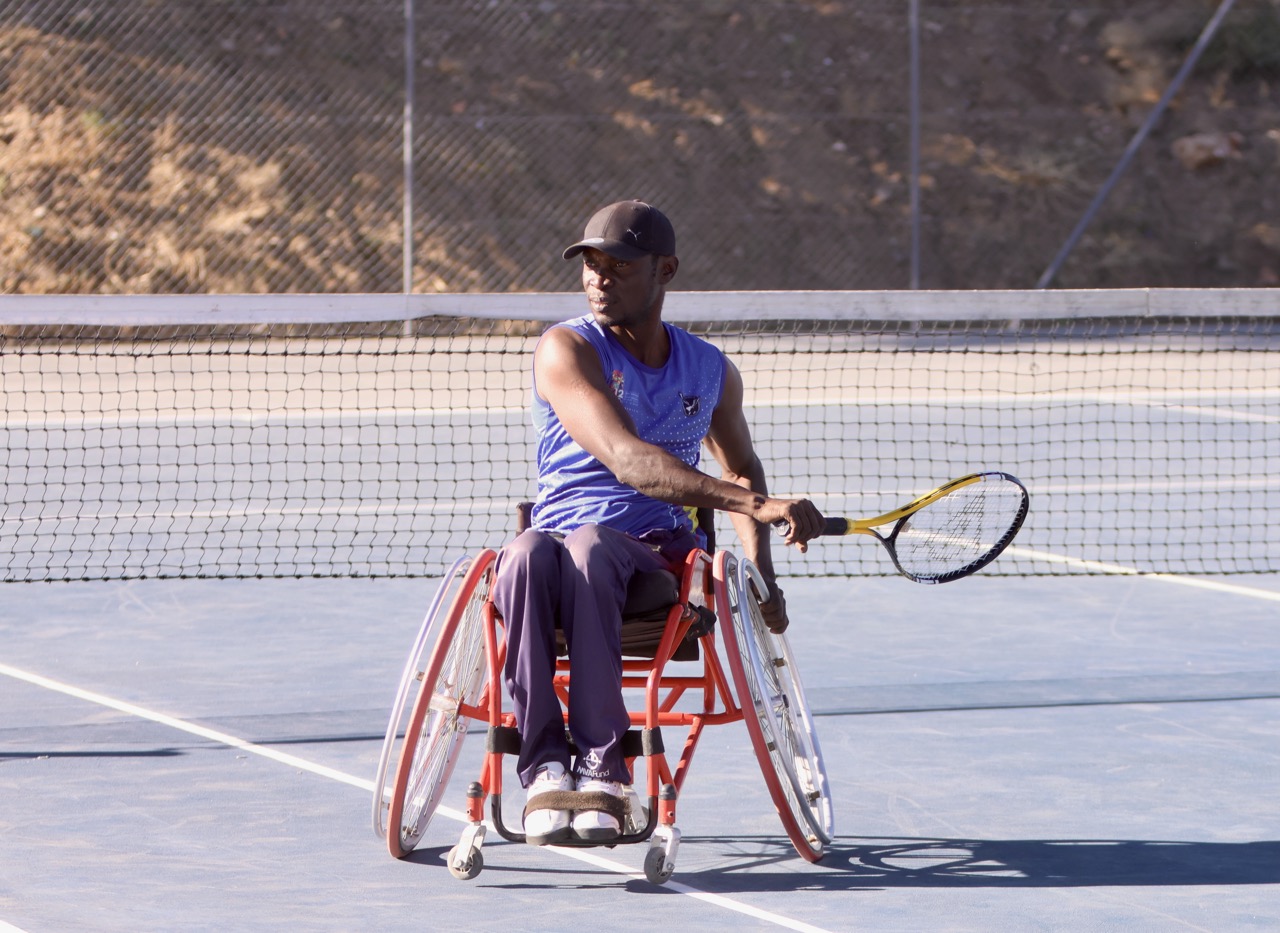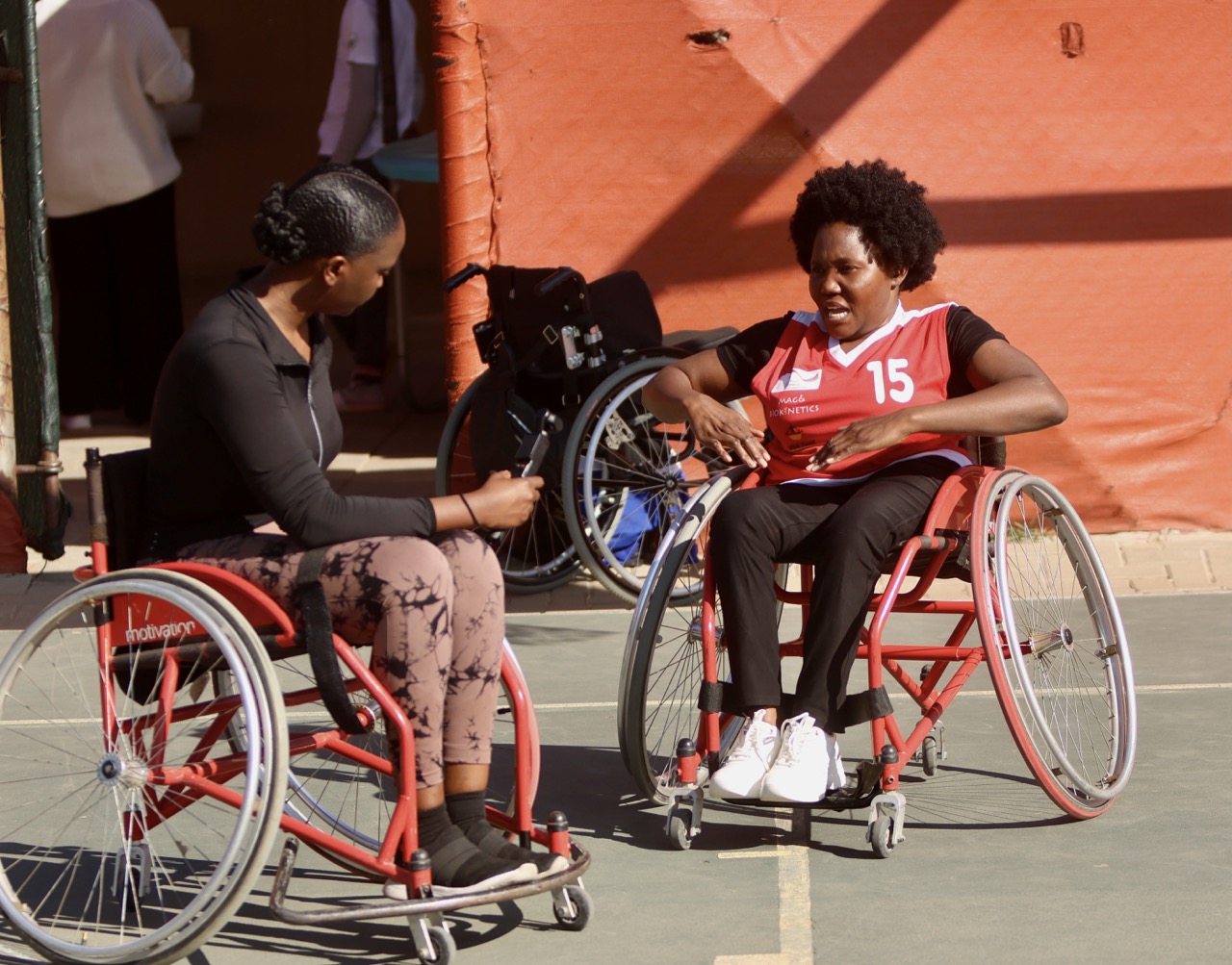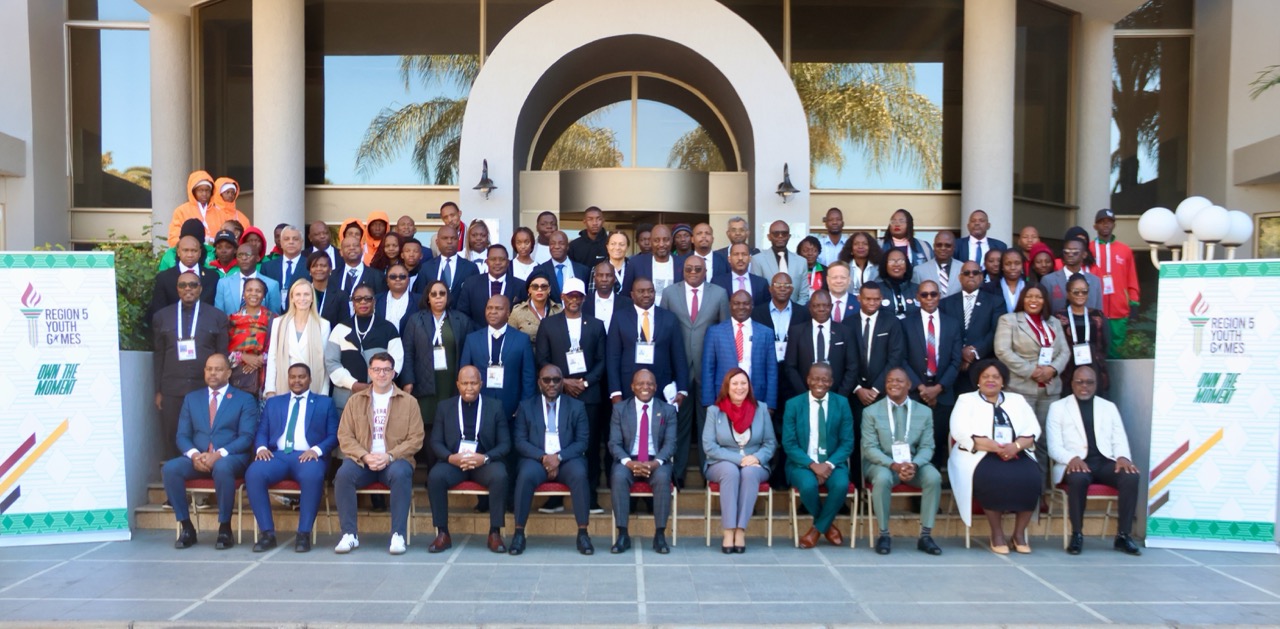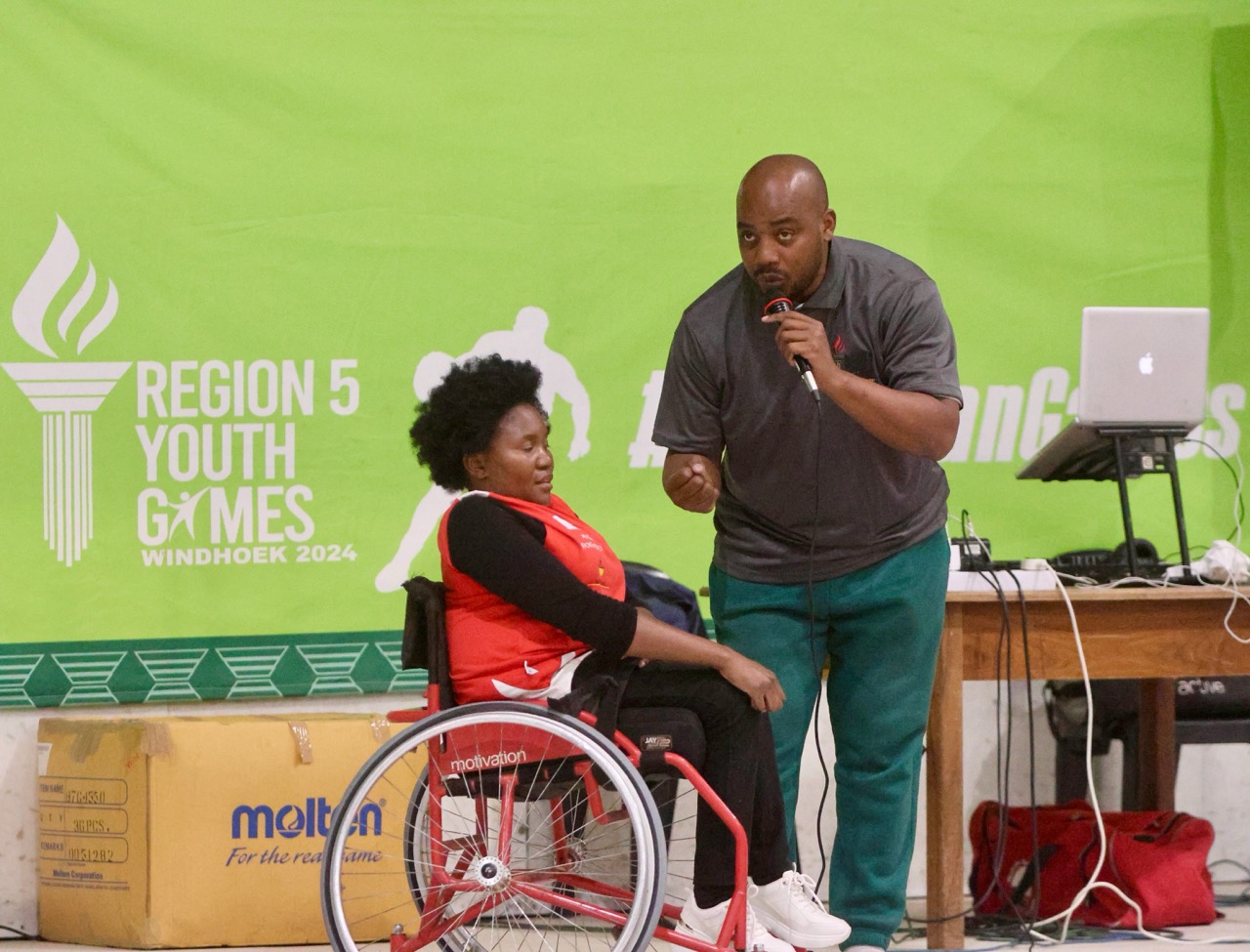More Than Games: Why Sport Must Matter in the Assistive Technology Agenda
How participatory research, co-creation with Global South partners, and extended project cycles can lead to policy change for disability inclusion.
Over the past six years through AT2030, the Para Sport Against Stigma programme has worked with partners in Malawi, Namibia and Southern Africa to explore how Para sport can challenge stigma and increase access to assistive technology (AT). Through participatory action research, Making Noise media campaigns, and athlete storytelling, the project has shown how collaboration and long-term commitment can influence systems.
At the African Union Sport Council Region 5 Youth Games (July 2025, Namibia), this work came together in an Inter-Ministerial Forum with nearly 100 delegates from government, NGOs, and the Olympic and Commonwealth Sport Movements. Focused on Sustainability and Inclusion – Breaking the Silos, the Forum produced the first sub-regional Declaration on Assistive Technology and Sport, setting out clear calls to action.
Participation Means Sport Too.
Assistive technology (AT) is often framed in relation to education, employment, and mobility. But what about sport? Despite being a recognised human right under the UN Convention on the Rights of Persons with Disabilities (Article 30), access to sport and play remains under-prioritised in most AT agendas. When overlooked, this gap reinforces exclusion—especially in countries where access to assistive products is already limited.
In July 2025, the AUSC Region 5 (Southern African) Youth Games provided a rare opportunity to examine this intersection. For the first time, Para athletes with visual impairments and Special Olympics athletes with intellectual disabilities competed as part of the official athletics programme. Unified football, wheelchair basketball, and wheelchair tennis were showcased through dedicated activations. But inclusion on paper doesn’t equal access in practice.
Read the full article here. 
A male wheelchair tennis player wearing a blue sleeveless jersey and black cap prepares to hit a shot on an outdoor tennis court.

Two women in wheelchairs have a discussion outdoors; one wears a red jersey numbered 15, and the other wears black sportswear.

A large group of delegates pose for a group photo outside a building at the Region 5 Youth Games in Windhoek.

A man speaks into a microphone beside a woman in a wheelchair wearing a red sports jersey during the Region 5 Youth Games in Windhoek 2025.

A group of men lift a flaming torch together at the Region 5 Youth Games, symbolizing the opening ceremony.